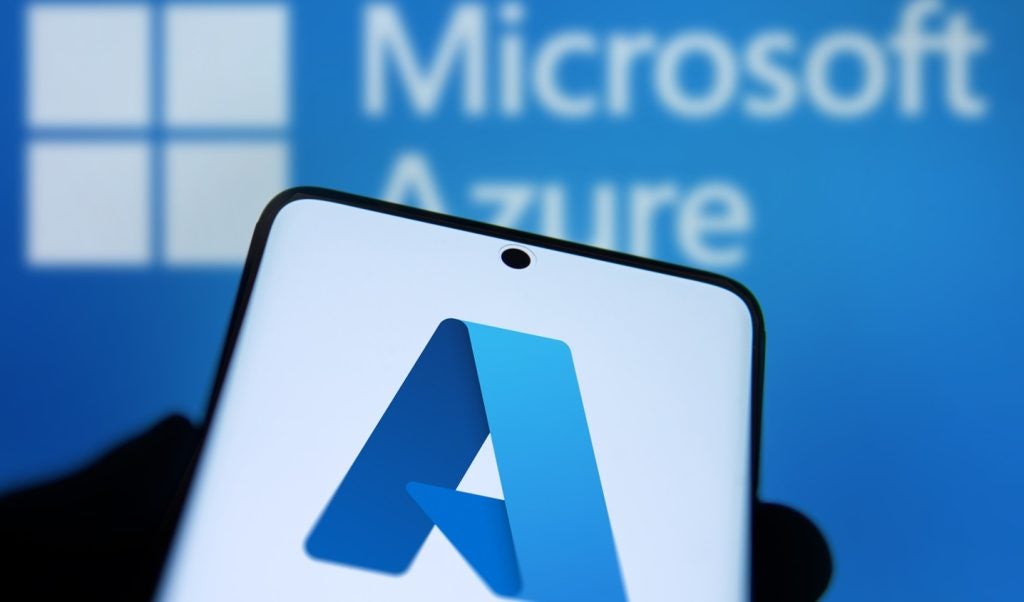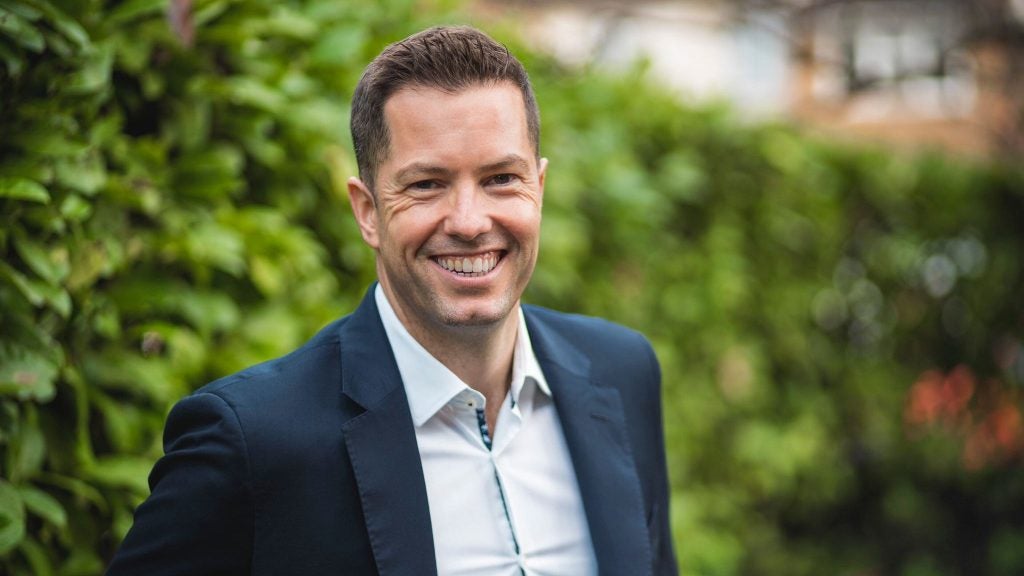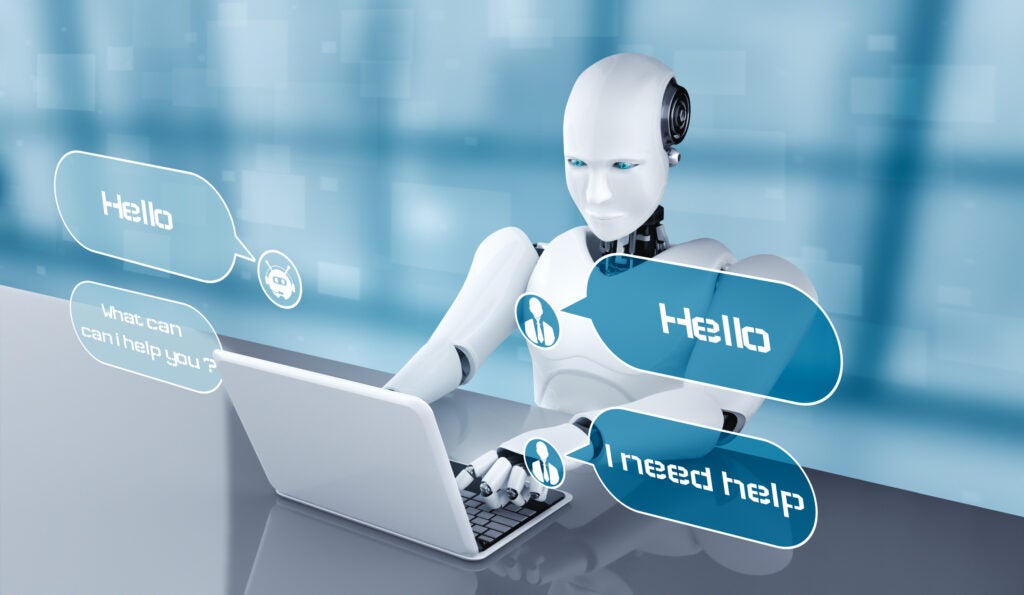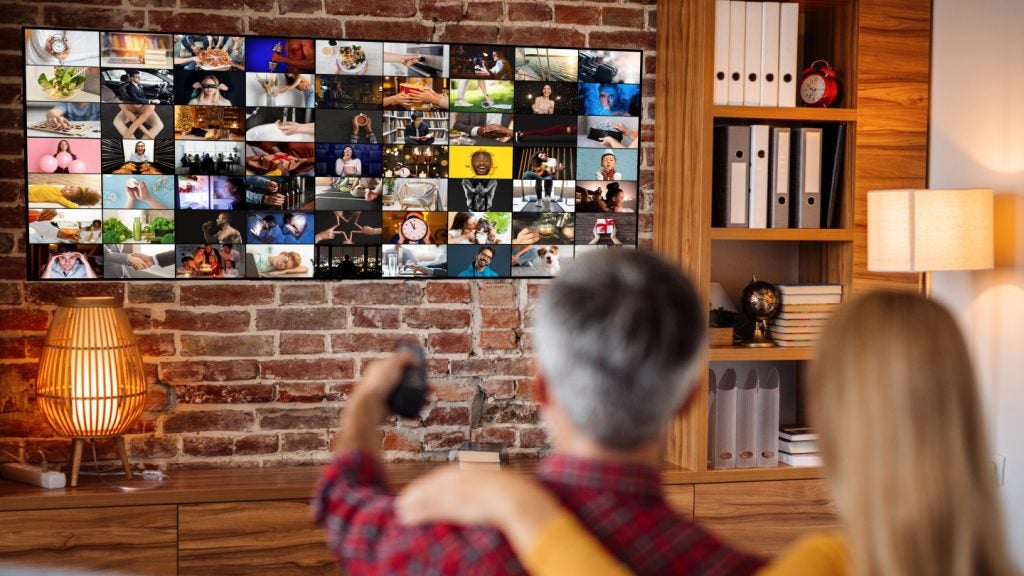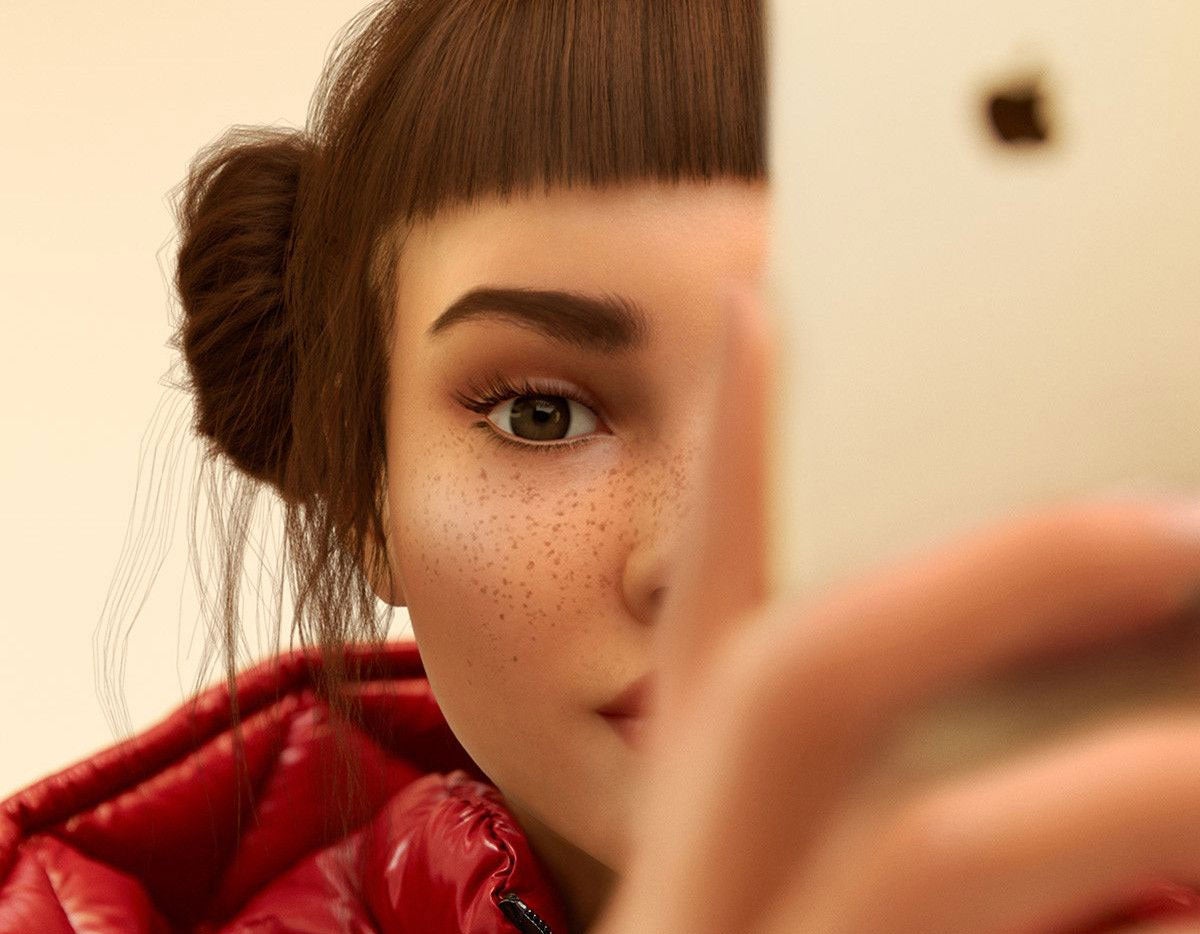
It used to be a lot easier to know what was real and what was fake. However, as social media’s influence grows in the post-truth era, old certainties are being eroded. In tandem, rapid developments in artificial intelligence and the subsequent advent of voice assistants have only served make our relationship with technology more complex.
Against this backdrop, virtual influencers have been quietly growing their following. On Instagram, hyper-real CGI creations, such as Lil Miquela, offer style advice and glimpses of their “personal lives” to their followers, which number in the millions. Such is their appeal, that they’ve even begun appearing in the real world too. At this year’s BAFTAs, Lil Miquela’s virtual peer, Shudu, presented live from the red carpet in her role as EE’s “digital supermodel.”
With the boundaries between reality, the fake and the virtual becoming increasingly blurred, this should come as little surprise.
Where questions arise, however, is in how we perceive and interact with these virtual beings. Are they to be afforded the same respect as their human counterparts? Do we need to set up more stringent boundaries when we engage with them?
How does virtual make us feel?
Interestingly, we’re less wary of the virtual than you might expect. With recent consumer research conducted by Mindshare UK’s Futures division finding that 58% of us believe it is getting harder to separate the real from the fake, it’s ironic that virtual entities’ appeal could actually lie in offering us some sort of certainty.
Nearly 75% of younger consumers (aged 18 – 34 years old) find virtual entities appealing on some level, describing them as fun, innovative and interactive. Moreover, there is a feeling that with CGI influencers ‘what you see is what you get’ – refreshing for consumers at a time when issues of transparency and trust are still very much on the agenda for the existing (human) influencer industry.
How well do you really know your competitors?
Access the most comprehensive Company Profiles on the market, powered by GlobalData. Save hours of research. Gain competitive edge.

Thank you!
Your download email will arrive shortly
Not ready to buy yet? Download a free sample
We are confident about the unique quality of our Company Profiles. However, we want you to make the most beneficial decision for your business, so we offer a free sample that you can download by submitting the below form
By GlobalDataIndeed, nearly four in ten UK consumers already feel that “everything on Instagram is fake to some extent” and 32% of under 18-34s say they follow profiles on Instagram and Twitter that they know aren’t real. When people are consuming social media from a starting position of ambiguity, virtual influencers are perhaps the ultimate manifestation of consumer attitudes – with the true scope of impact yet to be seen.
Where to next?
We’re beginning to catch glimpses of what a virtual future could look like; 20% of under 35s stated that they would prefer a virtual news anchor over a real one, and 43% of all UK consumers think that in the next ten years, virtual entities and holograms will be all around us. It looks like we’ll even reach a point in the near future when people could turn to virtual entities for a whole host of things, from pets and yoga instructors, in order to save money, time, and in some cases, shirk responsibility.
The research also uncovered that some parents would prefer for their children to be following virtual rather than real celebrities – as often they seem so airbrushed, curated and branded that they feel fake anyway. There was also a feeling that at least virtual celebrities were unlikely to exhibit any negative influential behaviours such as taking drugs, cheating on a partner or getting arrested.
In some cases, it was also about being able to relate more – 35% of under 35s said that they would prefer a virtual fashion model over a real one, especially if they were created to look like them and had the same body shape.
With so much online tweaked for our viewing pleasure already, virtual influencers could spark a resurgence in the “unretouched” as brands look to differentiate themselves in a polished marketplace. The likes of ASOS and adidas have already launched “real” campaigns to great success, and it’s likely that others will follow.
Regulating the industry
Beyond brand partnerships, there’s a burgeoning industry around CGI entities – from the studios that create them, to the modelling agencies that represent them. However, as this industry gains momentum, it’s likely to experience some of the growing pains around transparency and accountability currently plaguing its human equivalent.
Virtual influencers such as Lil Miquela and Shudu also raise very specific questions around diversity in the media; not only are CGI creations often female, but they are also frequently crafted in the image of BAME women. On one hand, it’s arguable this helps promote diverse representation in the media. On the other, it raises the question of whether it’s easier for brands to pay homage to diversity virtually, rather than in the real world.
After all, when virtual influencers are used, there may be a human who didn’t make the cut. With the media industry already grappling with issues of representation, it’s possible that brands which take this route could be courting backlash in the future.
Undoubtedly, with technological innovation and a changing perception of media, there is a growing demand for virtual entities, and our report has shown that people are open to this. As virtual entities begin to infiltrate mainstream media, it will be interesting to see if the public continue to view them as a means to escape the ordinary, secure in the knowledge that they are “authentically fake”, or if their current appeal fades as the public begins to dig a bit deeper.


